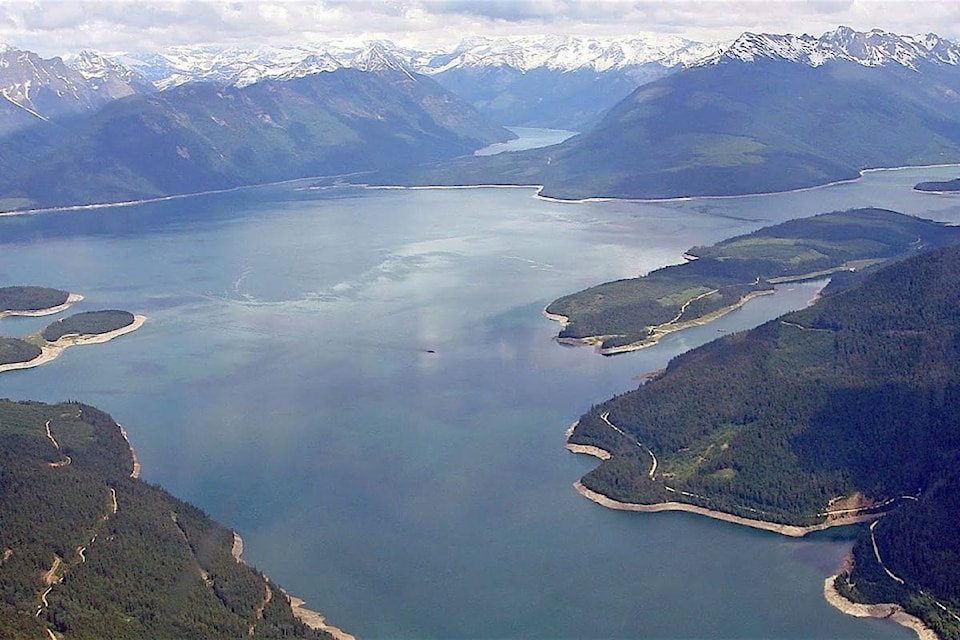Canada and the United States recently concluded the tenth round of talks over the renegotiation of the Columbia River Treaty at the end of June, as the two sides continue to discuss updated terms for the decades-old agreement.
Kootenay-Columbia MP Rob Morrison says Global Affairs Canada has looped him into the discussions, as both Canada and the U.S. exchange proposals and iron out individual and shared priorities.
“I know that for Kootenay-Columbia, in our riding, I’ve had a lot of calls from constituents and Indigenous groups on what’s happening and what the next steps are,” Morrison said, “and I’m really happy that Global Affairs Canada reached out to me, knowing I was the federal representative and trying to keep me up to date as to what’s happening with treaty negotiations.”
The latest round of talks between the two countries saw Canada and the U.S. exchanging proposals, both of which sought to establish a framework for updated treaty terms. The specific contents of the proposed frameworks and the treaty discussions are confidential for now, however, once options become clear, the province will engage with local communities and First Nations for input.
Over a year ago, Indigenous representation from the Ktunaxa, Secwepemc and Syilx/Okanagan Nations were added to the negotiations as observers.
“I know for the future agreement, we — as Canada — are looking for some flexibility…there should be flexibility if we want to change or move something. Our ecosystems are very, very valuable, as are the United States, who have been strong on that with ecosystems,” Morrison said.
“And local community interests and Indigenous; making sure the new treaty is supportive of what our Indigenous communities are asking for and what our local communities require.”
The Columbia River Treaty is a water-sharing and flood management agreement between the Canada and the United States that was signed in 1964. The treaty led to the construction of three dams on the Canadian side and one in the U.S., which provide flood control downstream of the Columbia River and Kootenai River in Montana and Washington.
The three dams on the Canadian side — Keenleyside, Duncan and Mica — account for roughly half of BC Hydro’s power generation, while the treaty allows for significant power generation at U.S. hydroelectric facilities, according to the province.
However, the treaty has been criticized for a lack of consultation with Indigenous communities, as reservoirs flooded out traditional territories and adversely impacted the regional ecosystem, particularly for fish species.
